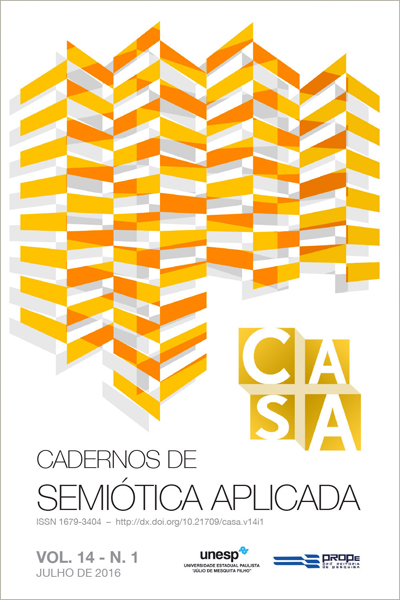PEIRCE’S CONTRIBUTION FOR COMMUNICATION THEORY
DOI:
https://doi.org/10.21709/casa.v14i1.8082Keywords:
Communication, Peirce, Semiosis, Information, Logic.Abstract
Charles Sanders Peirce (1839-1914) made important contributions to Philosophy, Mathematics and Logic. But it was mainly to the latter that most of his studies turned. His general theory of signs, or semiotics, was developed as an attempt to discover the logic that underlies our conceptions of the real and how knowledge grows from confronting and sharing opinions within a community. So, pragmatism – his greatest legacy to Philosophy – was defined by him as a method to clean up our ideas from the analysis of the possible effects that the adoption of a concept (a belief) could produce. From 1905 on, Peirce came to regard the sign as the medium for the transmission of forms that ground the concepts, and communication as the most important of the various types of sign actions. In semiosis, the symbols remain fallible and constantly changing because that is their nature: to grow and develop in a universe that is intelligible and filled with meaning. In this semiotic realism, based on a social theory of knowledge, aesthetics bases ethics, and these both provide the basis for the logic - now understood as a general theory of communication.
Downloads
Published
Issue
Section
License
The authors of the approved papers agree to grant non-exclusive publication rights to CASA. Thus, authors are free to make their texts available in other media, provided that they mention that the texts were first published in CASA: Cadernos de Semiótica Aplicada. Besides, they authorize the Journal to reproduce their submission in indexers, repositories, and such. Authors are not allowed to publish the translation of the published paper to another language without the written approval of the Executive Editors. The authors are totally responsible for the content of the published work.

